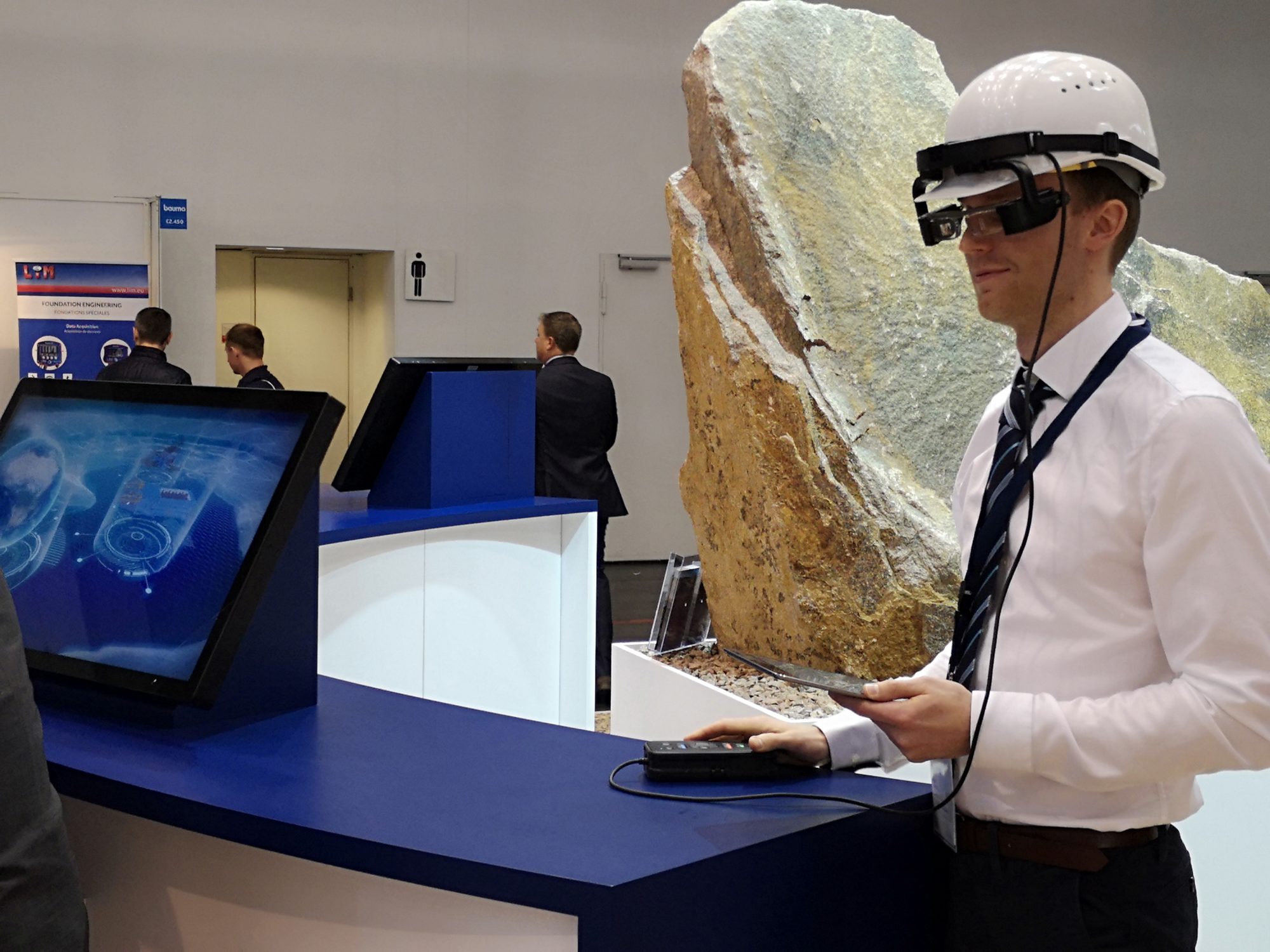Tenova TAKRAF is a highly specialised supplier of machines and services in the fields of mining, materials handling and minerals processing. As such, it boasts a large base of installed machines that daily generate valuable data from which it can gain information regarding optimisation of design, operation and maintenance or even troubleshooting. In a recent article, Gunnar Zergiebel, Head of Electrical & Instrumentation – Material Handling Dept at Tenova TAKRAF outlined the company’s strategy to embrace Industry 4.0.
He says that leveraging this opportunity, TAKRAF rolled out an initiative for the collection of operational data for selected representative machines and/or key components. This so created “data lake” is being used for the development of concepts to generate insights regarding machine condition and machine KPIs that can be of great value for its customers and various internal colleagues.
“Within this process, we learnt that even though data is the basis for almost all IIoT strategies, there is a significant difference between data and information. The most important and possibly most difficult step is generating useful information from collected operational data. Following this logic, we developed a proprietary cloud environment, together with our colleagues from Tenova in Italy, based upon the Microsoft Azure platform. This environment provides us with the opportunity to transfer and store data from ‘edge computers’ at our machines and process them in a cloud environment with a wide variety of available technologies.”
As a side benefit, such data sets within the cloud can be easily exchanged with systems that may already exist within a mining operation’s IT infrastructure into which it typically supply its machines.
“One ‘pilot-application’ we developed is a web-based application that shows basic KPIs and machine condition in a simplified and easy to understand manner on dashboards. This tool, called ‘WIDE’, can be used by our clients and/or by our design specialists with a view to combining operational experience with TAKRAF’s deep knowledge of the system’s design. The possibilities to develop further applications that suit the needs of our clients are virtually unlimited.”
Another topic on TAKRAF’s R&D roadmap is dealing with so-called digital twins of its machines. “As we invest significant effort in the design of our machines utilising digital 3-D design tools, it is a logical step to ‘re use’ this engineering data through the entire lifecycle of a machine. There are meanwhile promising tools available that link design data with live data coming from machine control systems or with asset management data such as documentation or maintenance activities into one common plant model.”
A few further outcomes from the R&D activities include remote support solutions employing “smart glasses.” Such tools are relatively easy to implement and already quite readily available. “With these glasses, we are able to connect experts in an office with our commissioning engineers or our clients’ maintenance staff on site in order to solve specific problems quickly and effectively, avoiding long trips and associated travel costs. For a proof of concept, TAKRAF availed itself of a solution from Epson using their ‘Moverio BT-2200’ smart glasses.
Another “smart tool” TAKRAF successfully presented at the 2019 Bauma mining exhibition in Munich is based on Schneider Electric’s “Augmented Operator Advisor.” This software tool, which runs on a tablet, is able to determine its positioning in the field based upon image recognition of the various parts around the user. Based upon this recognition, various “points of interest” can be defined together with context sensitive information such as manuals and maintenance procedures – live data can also be made available to the user.
“Another important item on our R&D agenda is our electronic spare parts catalogues, which aim to simplify and improve our clients’ experience with our machines. Linking predictive maintenance tools into such electronic spare parts offerings will enable our clients to conduct proactive maintenance in an effective and cost efficient manner, thus increasing the availability of our equipment.”
TAKRAF says it has recognised the enormous benefits that IIoT technologies can provide its customers, together with the improvement of its own internal processes. As a result, IIoT is fully supported throughout the organisation and plays an increasing role across all its product lines.
Based upon current IIoT technologies available today, TAKRAF equipped a select sample of machines with remote data logging systems as a part of its aforementioned R&D initiatives. “One of our first successfully integrated systems is running in one of our high-capacity spreader and tripper car for a large overburden-handling project in South East Asia. This system was designed and is based upon hardware and software components supplied by iba AG, a specialist for data logging and analysis. A machine connector reads defined data from the Profibus DP of the machine control system without jeopardising its security and/or integrity and writes those to the iba PDA server. On this server, the data is locally stored and analysed, eg for automatically generated reports. Recorded data is then sent to our head office simultaneously or in batches.”
As aforementioned, selected data can be transferred from the iba server to the Tenova cloud environment, which is hosted on the Microsoft Azure platform. Communication is based upon OPC, with the server hosted in the field and the cloud acting as a client. Several API have access to the stored data providing the end user with services such as access to an online monitoring system. Logged data include status and error words, temperatures, process parameters such as conveying capacity, environmental conditions and much more. Presentation of recorded information is based upon the proprietary “WIDE” dashboards mentioned previously.











